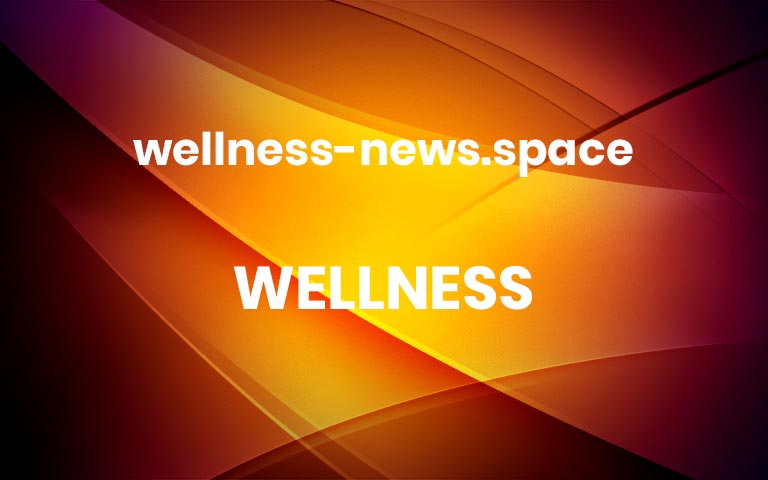Tips on Overcoming Mental and Physical Adversity
Adventure racer Jason Magness attests that certain wilderness survival skills are applicable to the everyman, too. You might not be faced with extreme physical stress or life-threatening conditions, but these tips will serve you just the same should you need to overcome adversity.
Tips on Overcoming Mental and Physical Adversity
1. Lean Into Discomfort
“Once you get comfortable with being uncomfortable, you open up your possibilities,” Magness says. “Often we react too early and rob ourselves of an opportunity to grow and adapt.” Instead of quitting and reacting rashly, give yourself a block of time—like 24 hours—to process if you’re really hitting your limit, or if you can persevere. The time period itself is arbitrary. It just acts as a structured mechanism to allow your mind and body to process the circumstances and determine your limits.
2. Celebrate Small Successes
“You have to see yourself winning,” Magness says. When he does group adventure races, he and his team set tiny goals so they have a steady stream of successes. If you drop out when things get hard, you set a neurological pattern. But if your default is to hone in on small checkpoints, then that makes a daunting project, situation, or event seem doable. It becomes a driving mental force that makes you unstoppable. With each new accomplishment, you set the expectation that you’ll find a way to finish the overall endeavor.
3. Write Your Own Epic
In any hero’s tale, people overcome overwhelming odds. Look at obstacles as part of your character development. “When I survive something, I let it become larger than life in my mind. Those are the moments you want to imprint on your soul. It’s empowering to choose your own narrative.” You can go over a mountain or around a mountain, but no matter the outcome you keep moving forward.”
For access to exclusive gear videos, celebrity interviews, and more, subscribe on YouTube! More


